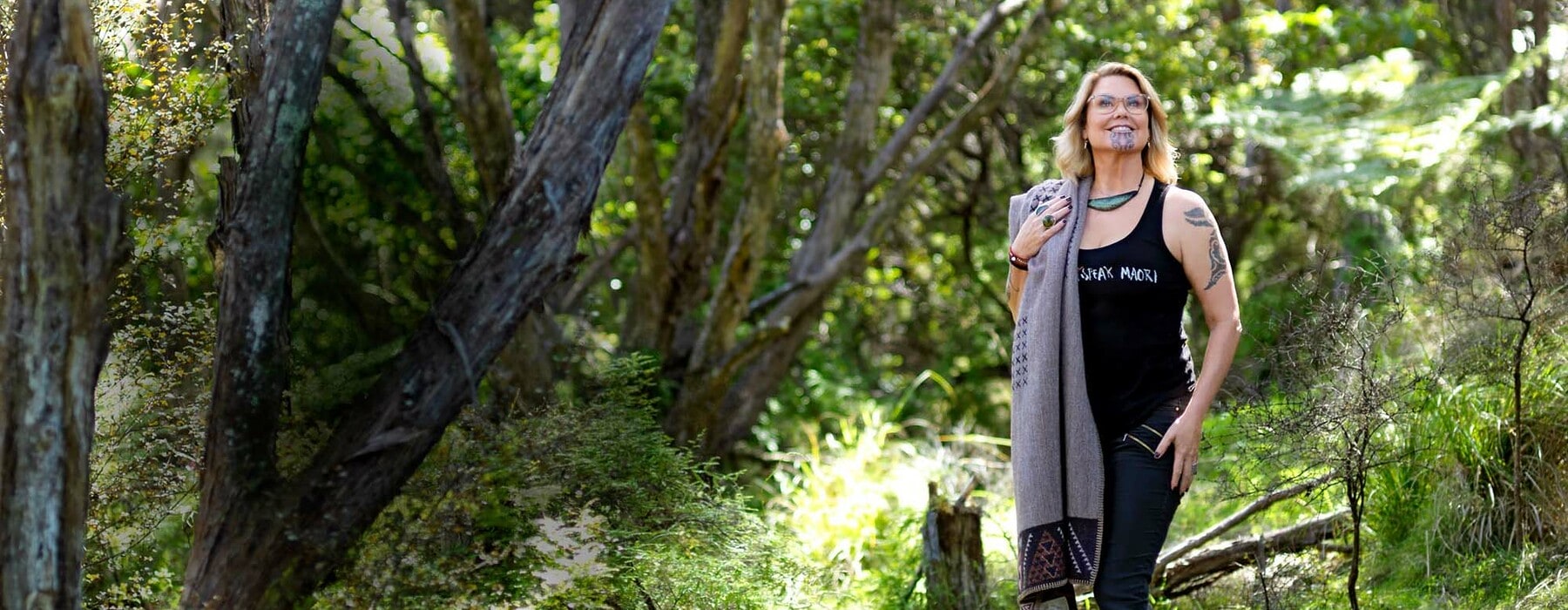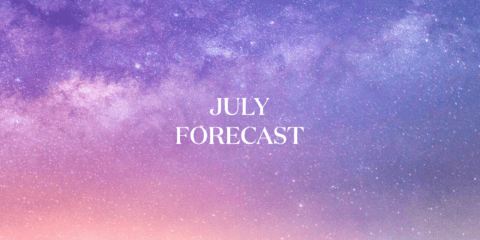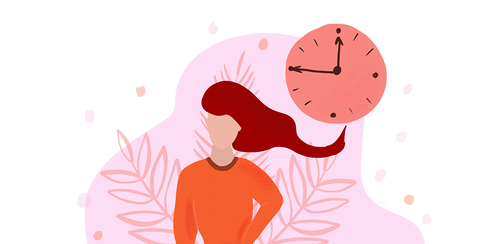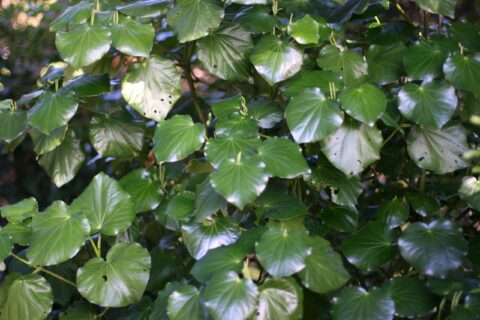The world’s in a mess, but Dr Hinemoa Elder says the traditional wisdom she explores in her new book can help us find a way forward. She tells Alexia Santamaria about learning to relax and be still, the pleasure of gardening and her ongoing battle to master te reo
It’s been a challenging few years for Dr Hinemoa Elder, as wave upon wave of bad news has swept the world – pandemic, war and the climate emergency engulfing us all with feelings of fear and disconnection.
As a psychiatrist, she’s seen rising levels of distress and unease in her clients, as well as those around her. “Especially since Covid, I get messages at different times of the day from all sorts of people who need support, and I try to be as responsive as I can.”
That takes a personal toll though, and she admits, “I am finding it hard to slow down a bit and take breaks after being so full-on over the last almost three years. It feels like relearning to relax. I try to just sit still, have a cuppa. Listen to my breathing. Listen to my whānau who are trying to encourage me to find some moments of stillness again.”
Hinemoa (Ngati Kuri, Te Rarawa, Te Aupōuri and Ngapuhi) has also found comfort, and answers to some of today’s problems, by drawing on the ancient wisdom of those who came before. It’s a journey she’s been on for 15 years, rediscovering and reconnecting with te ao Māori, the Māori world.
That revisiting of ancestral wisdom resulted in best-seller Aroha, based on 52 traditional whakataukī – sayings that offer traditional insight and steer us towards a more contented, kinder life. Now, Hinemoa’s new book Wawata – Moon Dreaming reflects on the different faces and phases of Hina (the moon) and what it can tell us about how to live today.
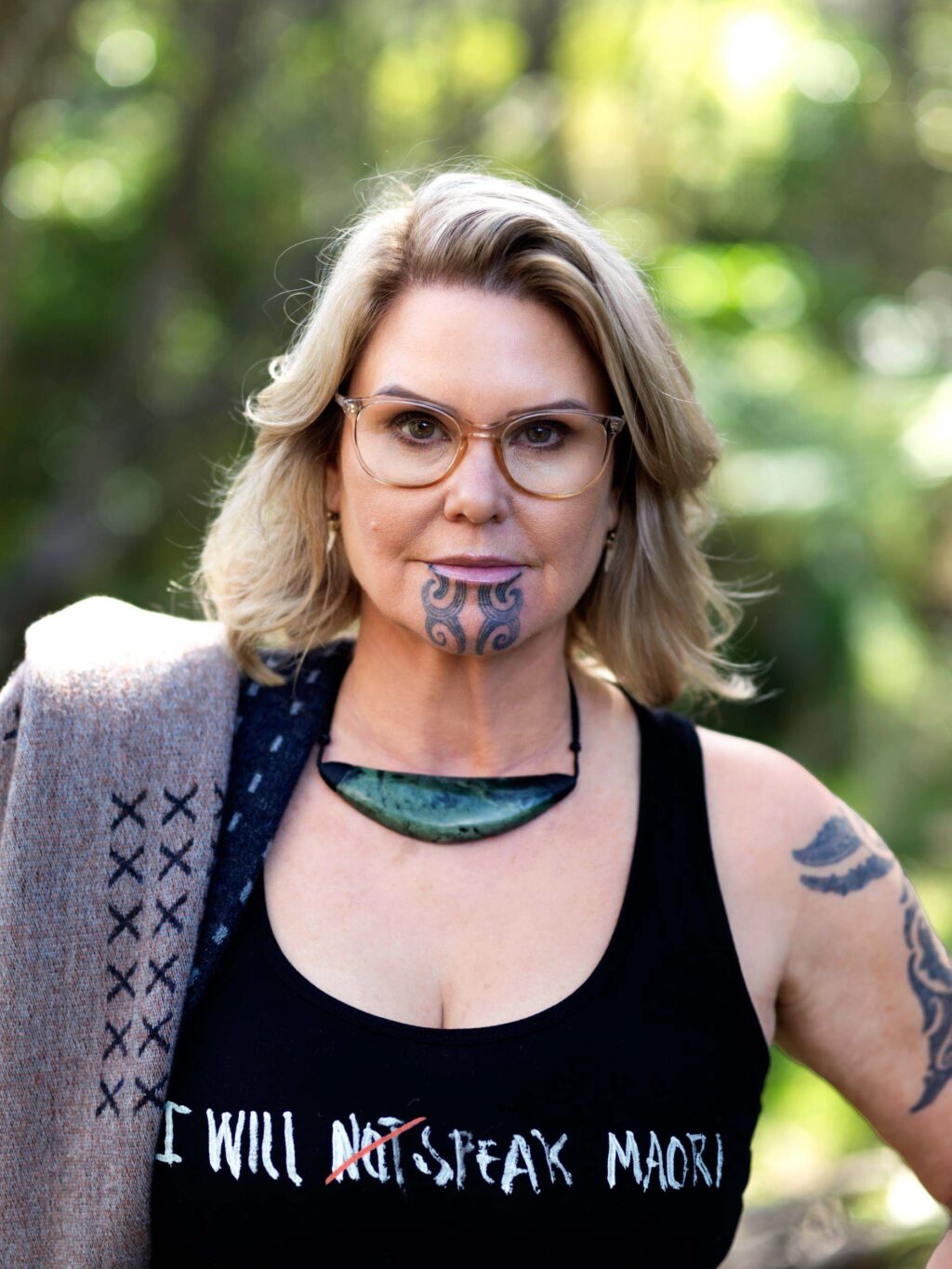
Each of the 30 days of the Maori lunar rotation has its own name. “One of the reasons I wrote the book was that I found myself struggling to remember the names of the different faces of Hina every day. I realised part of the reason I was struggling with it was because I didn’t have a story for each of them.”
In Wawata, each of those faces comes with its own story and Hinemoa’s thoughts on where those tales lead us. From reflections on periods “…such a such a profound and clear link with the natural world, with our environment… yet when colonisers came, such was the power of their brainwashing, that healthy female cycles were deemed dangerous, were thought of as a disease” to the power of questioning and dreaming, and the pent-up female rage she sees in young women she deals with in the court system. Hinemoa says it breaks her heart that most of them have developed their “fearsome wrath” because of being subjected to violence themselves.
A fundamental discovery of Hinemoa’s te ao Māori journey is how “mātauranga Māori [Māori knowledge] is so healing and so helpful and so thought-provoking about so many things, about our health and wellbeing,” she says.
“Our Māori way of thinking about hinengaro, the mind, and about Hina, our moon who guides time, is fundamentally different from the conventional Pākehā way of thinking about time. In the Pākehā world, we are always in some sort of rush, fighting against time… I don’t want to be late… watching the clock, trying to control time. We can have such a tense and fractious relationship with time.”
Thinking about the lunar cycle helps us connect with the natural world and it can be profoundly reassuring to understand that we can’t control everything. “There’s a sense of the moon changes, her face changes every day and night, there’s lots of change happening around us all the time, the tides, the seasons, the weather, different flowers blooming at different times, the birds. There are times for fishing, times for planting things, there are times for different emotions. That’s why I talk about the tide of human emotions.”
It also fascinates Hinemoa the way her energy ebbs and flows at different phases of the maramataka [lunar calendar]. She hopes readers might find it helpful to pick up their own patterns – when they’re like to be low on energy or full of strength. Personally, Hinemoa says this knowledge “helps me to accept what my energy levels are doing and to let go of my tendency to push myself no matter what”.
Writing Wawata has also given Hinemoa the chance to pass on some of what she has learned to others. Losing her mother 31 years ago meant she didn’t always have that maternal wisdom when she needed it.
“I’m soon to be 57 – and so I’ve got a few runs on the board if you like – and I’ve lived some different experiences and I was just really aware of the need to pass some stories on – especially to younger kōtiro, perhaps in their teenage years or young adulthood. And to share some stories that some of my aunties and older women might resonate with as well, as many have also had different paths. I’m hopeful it might resonate with other people too, not just Māori, but with people from all cultures.”
And in the meantime, she’s trying to live some of the ancient wisdom that’s reflected in the book – getting closer to the natural word at her Waiheke Island home. She likes to wake early, to the birds rather than to an alarm. “Alarm, what a nasty word for something we commonly wake to,” she notes.
She often finds herself looking at Hina when she’s still visible in the mornings and catching a glimpse of her in the evenings when the clouds part to reveal her.
“I love to get into the māra, the garden. Planting veges, seeing the garlic grow tall, the strawberry plants flowering recently is a rongoā [medicine] for me.”
And always in the background is learning te reo, which Hinemoa calls a “journey without end”. Sometimes it’s a real struggle, she says, “and I feel like I am going backwards. We speak it on the phone and at home. And I know my reo is pretty basic.
“One of my wawata is that we can have this interview in te reo in the future and that the magazines and newspapers will all be bilingual one day.”
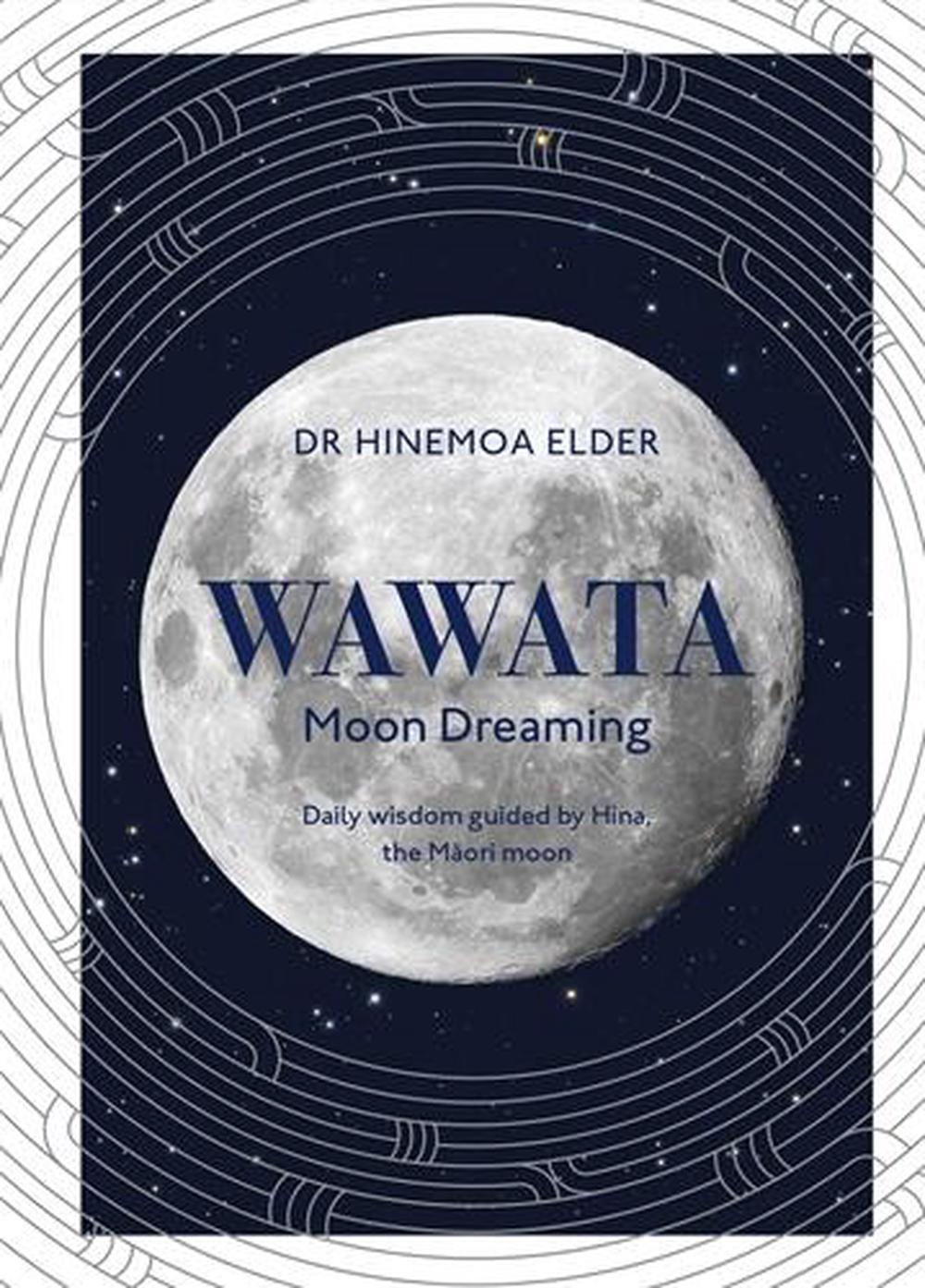
Extract from the book:
“Our tūpuna, our ancestors, had a different relationship with time. They recognised time as part of the natural world’s life cycle. And our Moon, Hina, this mysterious female deity, has long held a special role in signalling the different energies of time across each month. Hina’s travels have fascinated me for many years. I recently dug out some of my old maramataka, my Māori calendars, that I kept from the mid 2000s. Hina’s influence in my life has taken on more and more potency over the years. Connecting back with our old people’s knowledge about her role in nature and therefore her effect on us. Opening up a deeper awareness of our place in the natural world, we begin to feel our insignificance, our place in the order of things. Not an easy path. Fraught and sad, lonely and frustrating at times. Lessons we thought we had learned come back around with each month’s cycle and remind us of deeper layers and blind spots. And when we do find a growing sense of place, of harmony, there is such a sense of release. A new kind of freedom starts to emerge. Our most ‘feeling’ selves if you like. This is the journey where our minds can wander, where we can begin to dream. Hina provides a natural resetting while we travel with her across the month. She guides us with the qualities of each luminous reflection, soothing our modern-day pain and suffering.”

